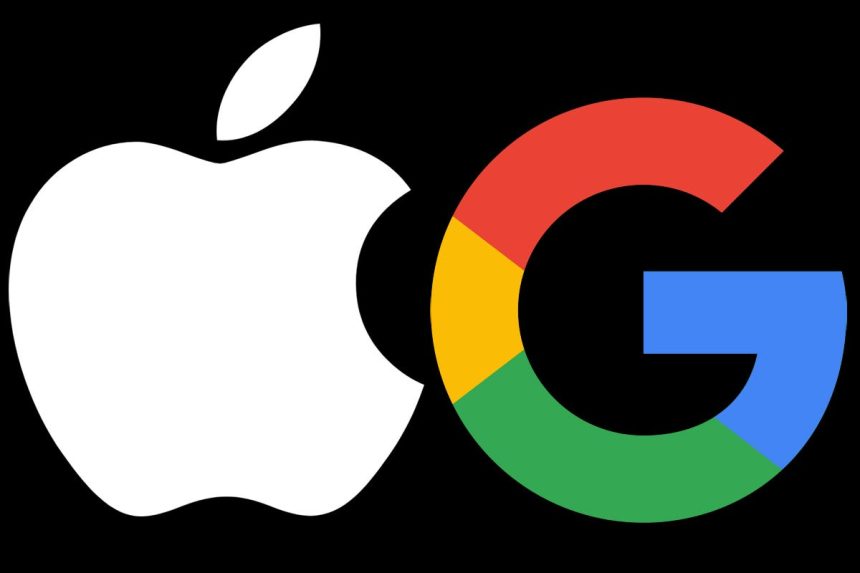The tech giant Google is rumored to allocate a substantial annual budget, ranging from $18 billion to $20 billion. This is the Google’s Multibillion-Dollar Pact with Apple to secure its place as the preferred search engine on iPhones. This financial maneuver has generated significant interest in both the technological and legal realms. A report from the financial consultancy Bernstein delves into the colossal worth of this arrangement. The potential vulnerabilities it might encounter due to the ongoing antitrust probe conducted by the Department of Justice (DoJ) against Google.
Google’s Multibillion-Dollar Pact with Apple
At the core of this recent civil antitrust case, which commenced just last month, lies the Information Services Agreement (ISA). This pivotal agreement governs the intricate partnership between two tech giants, Apple and Google. The Department of Justice (DoJ) alleges that the ISA serves as a prime example of anticompetitive behavior. Casting a shadow of uncertainty over similar future arrangements.
According to the comprehensive Bernstein report, there’s a discernible chance that federal courts might rule against Google. Mandating the termination of its search agreement with Apple.
In further detail, the report sheds light on the fact that this Information Services Agreement (ISA) is responsible for an enormous yearly sum, estimated to be in the ballpark of $18 to $20 billion. To put it in perspective, this substantial amount accounts for roughly 14 to 16 percent of Apple’s overall annual operating profits, effectively making its way from Google to Apple’s coffers.
The Risk of Regulatory Scrutiny
As per industry insiders, the outcome of Google’s legal predicament is far from certain. In the unfortunate event of a legal setback, the exceedingly profitable arrangement with Apple, and parallel agreements with corporations such as Samsung and Mozilla, could find themselves facing an uncertain future.
Apple typically provides only a limited amount of information about its Services division’s sub-segments. In contrast, Google tells its distribution partners how much of its traffic acquisition costs (TAC) it gives to Apple. According to Bernstein, Apple receives about 40% of Google’s TAC, which Google distributes at a rate of 22% of total ad revenue.
The DoJ asserted during the trial that Apple makes about $10 billion from its ISA with Google, but these figures were obtained from outside sources and were not disclosed by Apple or Google.
Apple’s Potential Play in the Search Engine Arena
While the final judgment in the Google antitrust case remains on the distant horizon. With no immediate resolution in sight, analysts predict that Apple’s financial landscape will remain relatively unscathed. It’s worth noting that Google, not Apple, is currently under the regulatory spotlight. And in the event of an unfavorable ruling, Apple could, theoretically, explore alternative search engine partnerships to secure its place as the default on its devices.
Apple offering users a choice screen is an alternative scenario. Due to the company’s ability to generate over $60 billion in advertising revenues, it has significant influence over the installed user base. Due to its continued access to these lucrative search advertising revenues, Apple may continue to demand a commission of 25–30%. Furthermore, a choice screen might give Apple the chance to add its own search engine as an option, a move that might be prohibited given the regulatory scrutiny that is currently in place.


